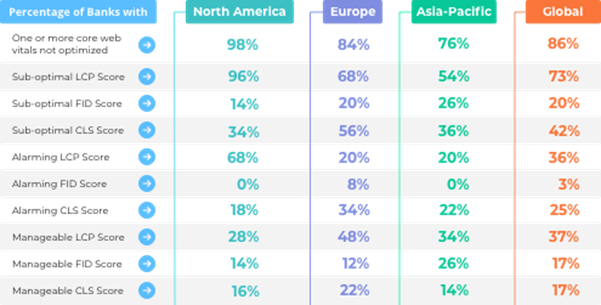The digital landscape has changed. The competition is fierce. Customer expectations have evolved. And the pandemic has only heightened the divide between the successful brands and the rest. Banks are no exception to this. It is essential for them to give each of their customers a great customer experience. The banks that do this see more likely upsells and cross-sells, more recommendations by the customers, and a greater wallet share. And the converse is true as well – getting a poor customer experience is one of the top reasons for customers to deflect and go to the competition.
So what do customers look for? What constitutes a great customer experience?
Customers want easy accessibility – they want apps and platforms that are simple and easy to use especially on mobile devices and smart phones.
Customers want personalized assistance in real time – they want instant answers and support. And they want what works for them – products or services or answers to their particular issues.
This is one side of it.
The other is all about Google and its new update that is to be rolled out in a couple of weeks.
Google’s Page Experience Update
Every year, Google makes thousands of changes to its search engine algorithms. A lot of them are minor tweaks but there are some major enhancements that have a very big impact on the ranking of a website. Google plans to roll out an update in the middle of June called the “Page Experience” Update and it is all about Core Web Vitals.
So what are these Core Web Vitals?
The Core Web Vitals are what tracks a visitors overall experience on a page – it checks if a page loads quickly or if a user is able to interact with the page, etc. The Core Web Vitals are what measures a visitor’s overall experience on the page. These have all be around, influencing ranking, but they are now the focus of the new Update from Google.
There are three factors that are most important –
The largest contentful paint or the LCP
The First Input Delay or the FID
And the Cumulative Layout Shift or the CLS
The LCP – or the largest contentful paint – is what tracks how long it takes for the largest piece of content on a particular page to load.
The FID or the First Input Delay – is what tracks how long it takes for a website to process a particular request of a visitor.
The CLS or the Cumulative Layout Shift tracks the stability of a website, and how the various items on a page shift while the page loads.
All these three elements are about Customer Experience.
See where I am going with this?
Since banks have customers who come to their pages either to find something they are looking for, or to transact, Google’s imminent update will have a significant impact on their ranking. Since most banking products are almost identical, customer experience and the quality of service that they offer, will be key differentiators.
But the question is, are banks ready for this update from Google? A recent study (done by Xerago, a marketing services company) found that “out of 150 banks studied, only about 21 banks are currently better equipped to handle Google’s page experience update.”
That is truly appalling.

This study, done by Xerago, has studied all the big banks in Europe, North America and the Asia Pacific region, and has uncovered some unexpected revelations about how ill-prepared most banks are, for Google’s Page Experience Update.
There isn’t much time left. And since this update is very significant, Google made an announcement about it, months ahead. While there are tools and tricks to get ready for this, update, it is entirely up to Banks to quickly do what it takes to be ready for Google’s very significant Page Experience Update. This might even be the differentiator between the successful banks and the others, when the rubber hits the road.

Cameron Dickerson is a seasoned journalist with nearly 10 years experience. While studying journalism at the University of Missouri, Cameron found a passion for finding engaging stories. As a contributor to Kev’s Best, Cameron mostly covers state and national developments.


